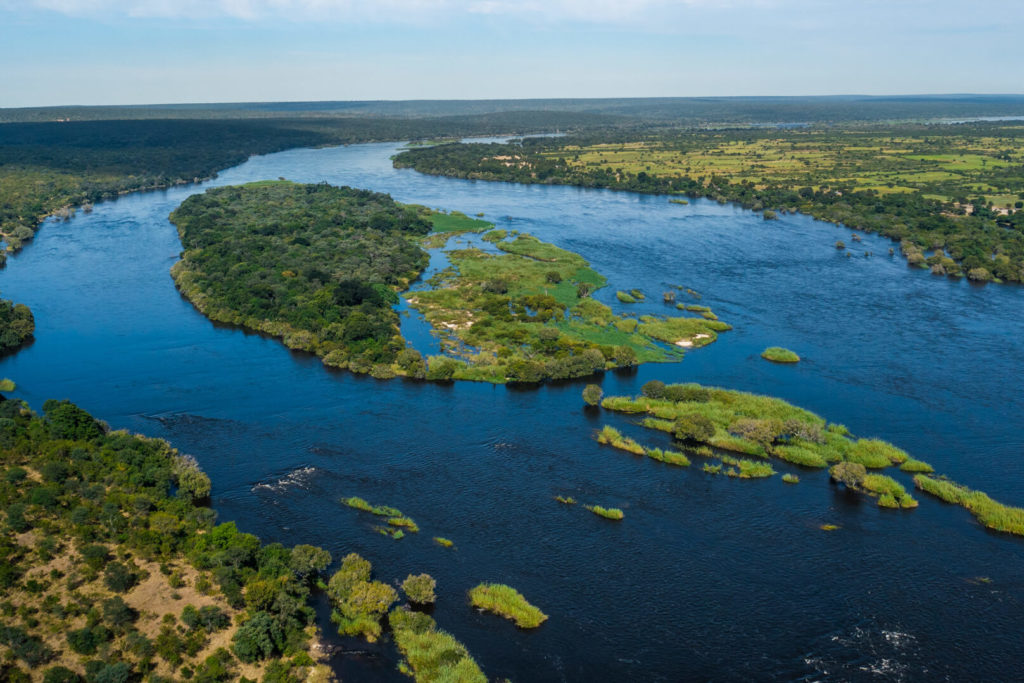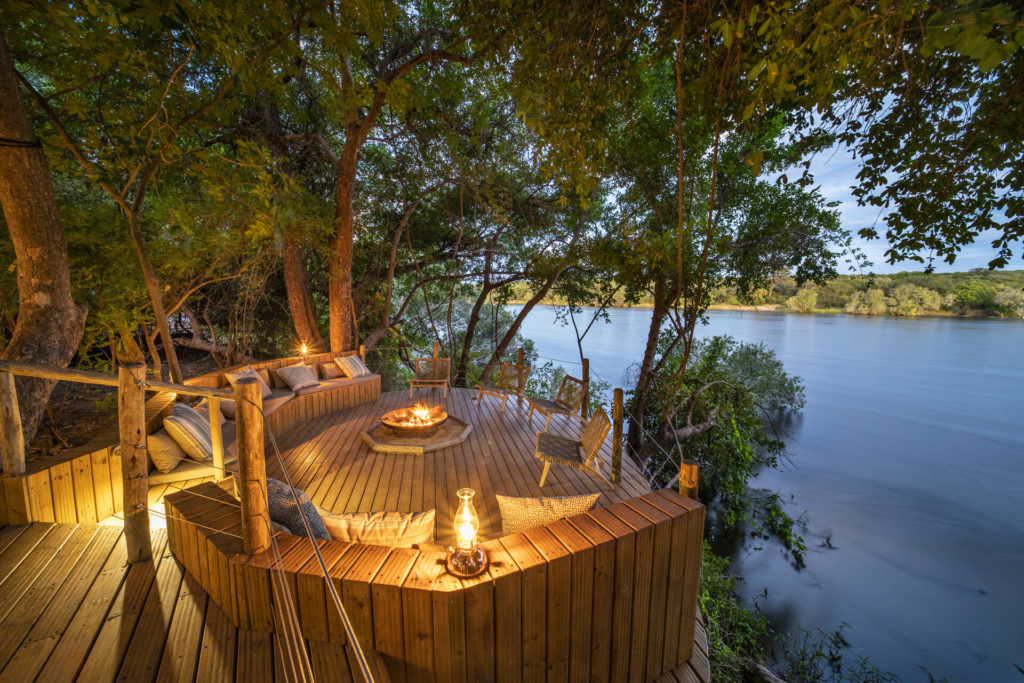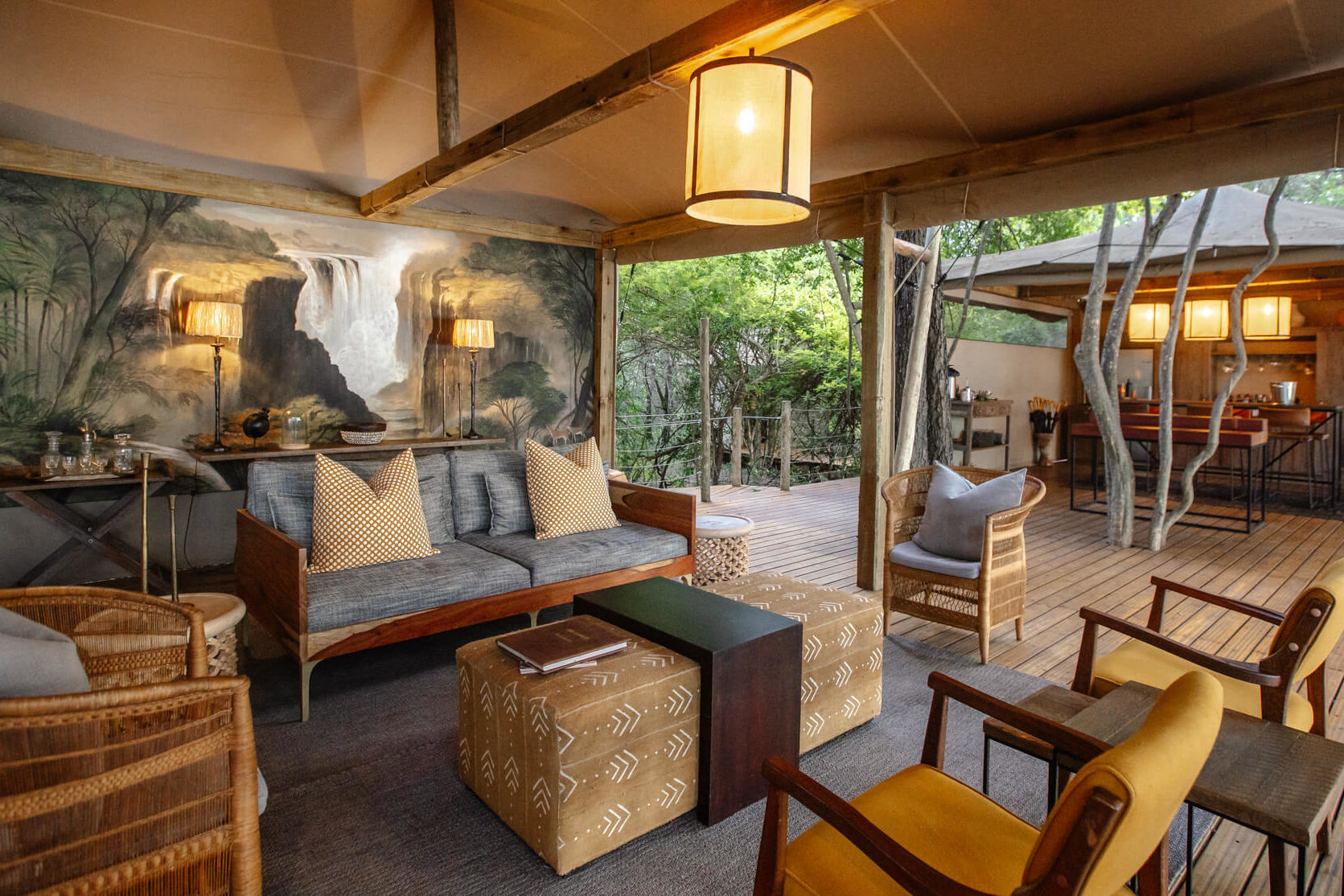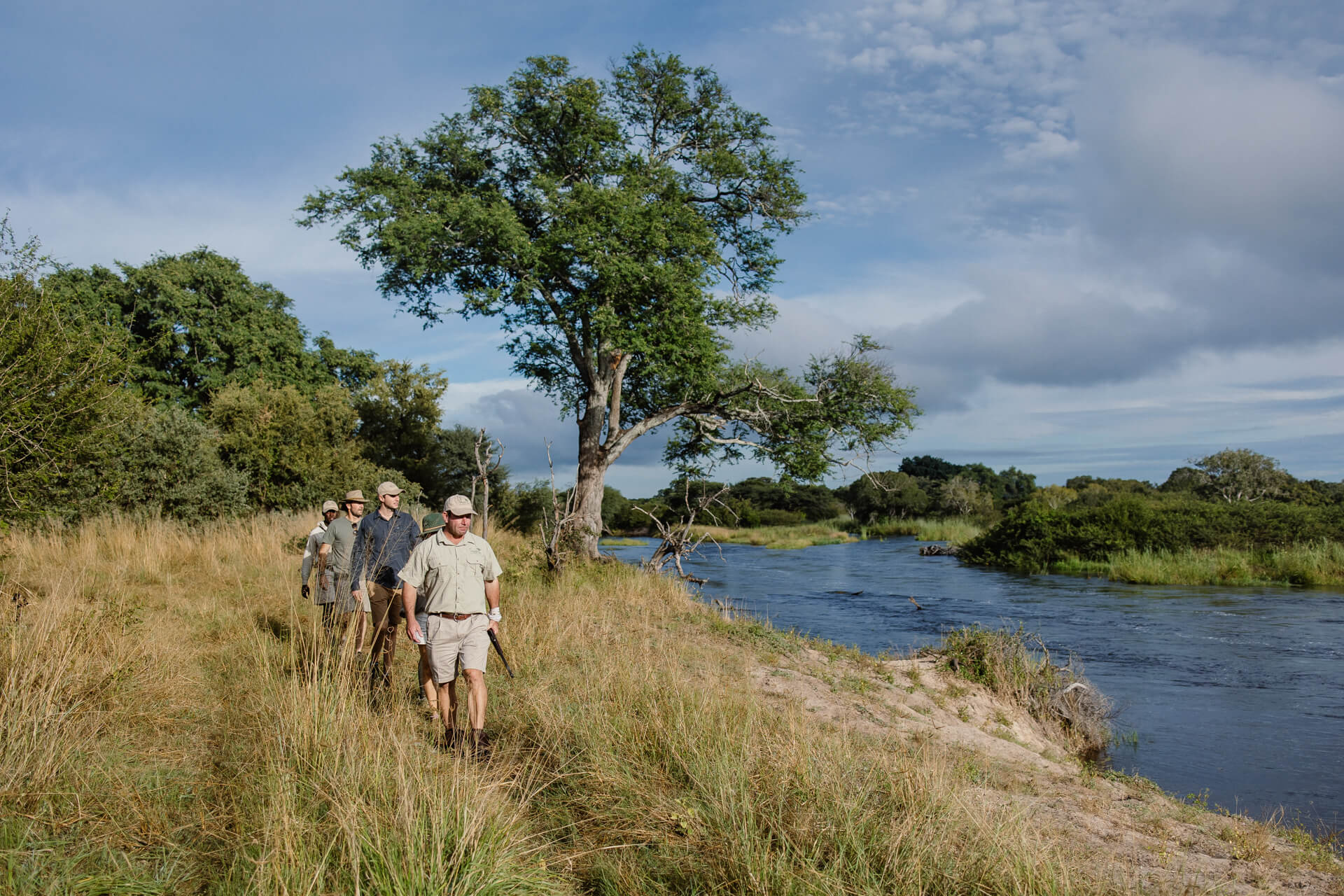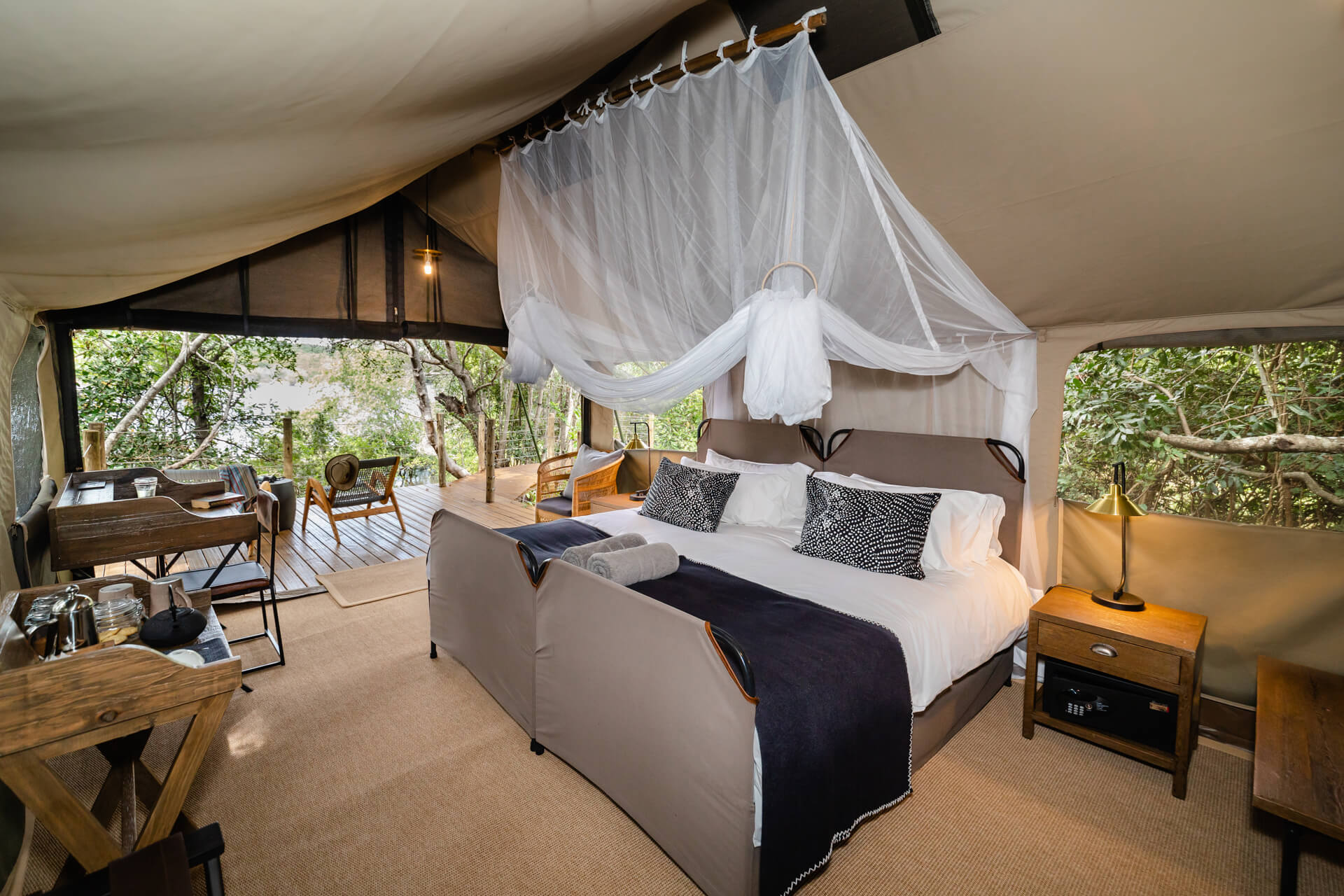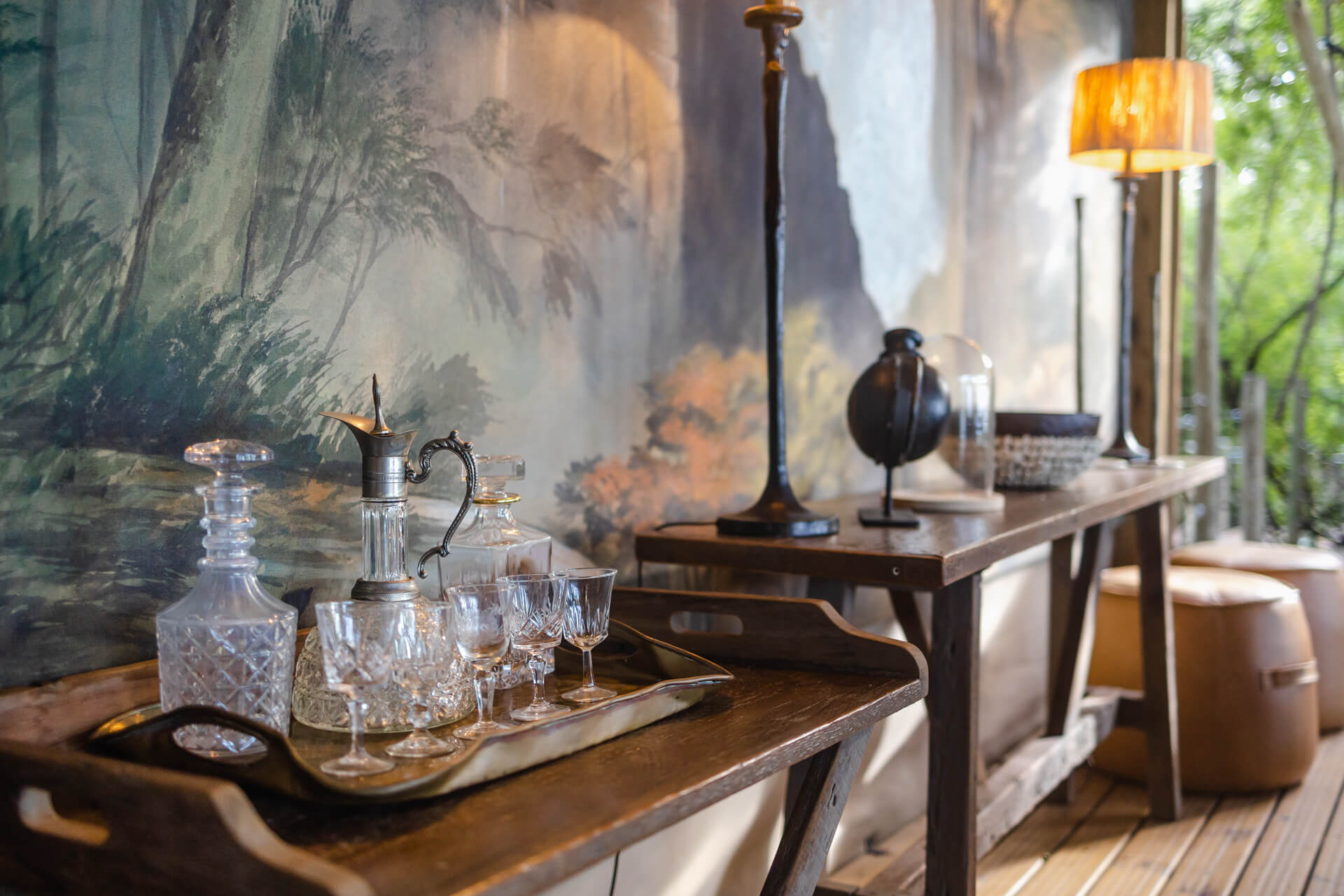Victoria Falls – Top of your to-do list
Posted in: Experiences
Posted on: May 15, 2023
It is right up there on most people’s bucket list and if it’s not on yours… it should be!
Known locally as Mosi-oa-Tunya, meaning ‘the smoke that thunders’, Victoria Falls is generally regarded as the largest waterfall on earth. Although it is neither the tallest nor the widest, if one takes into account the height (108m) and the width (1708m), it represents the most expansive curtain of falling water on the planet. This is one of many factors which contributed to Victoria Falls being named as one of the Seven Natural Wonders of the World and being declared a UNESCO world heritage site.
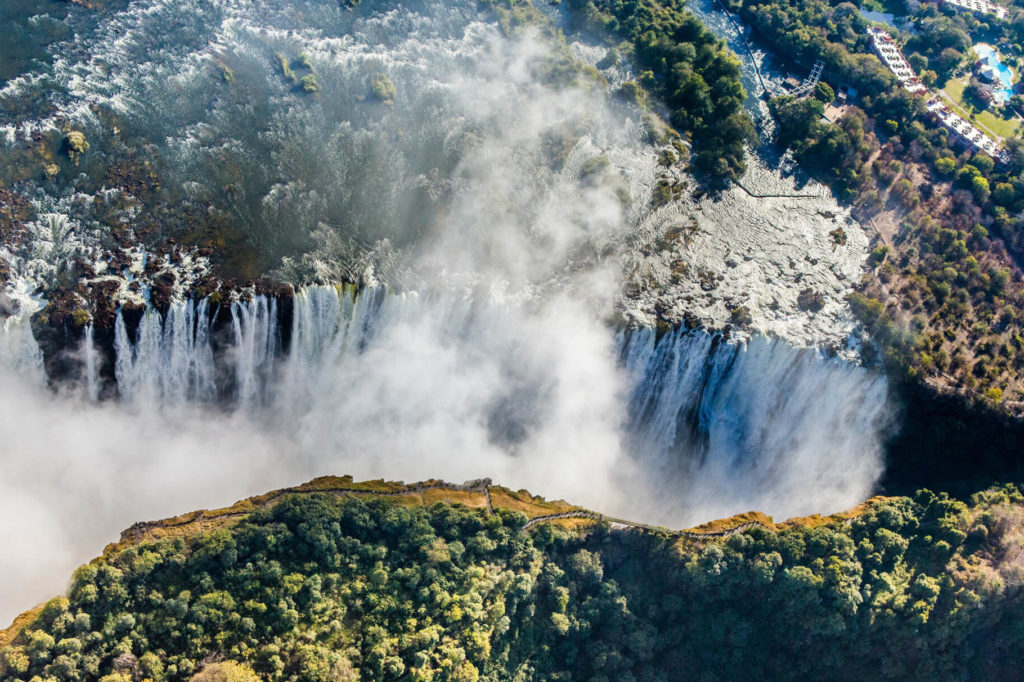
Victoria Falls straddles the border between Zimbabwe and Zambia, with roughly two-thirds of its width falling into Zimbabwean territory, and has long been a major driving force of tourism to the region. The views from each side are quite different but equally impressive, depending on the time of year. The Zambezi River at Victoria Falls begins to rise in December each year, reaching its peak flow in April to May before gradually dropping throughout the rest of the year. During the months of October and November when the river is at its lowest, parts of the falls on the Zambian side dry up completely – this is quite normal and happens every year – but the Main Falls and Devil’s Cataract on the Zimbabwean side flow all year round. In most years the peak flow is more than 10 times greater than the flow during the low water season making it quite a different experience.
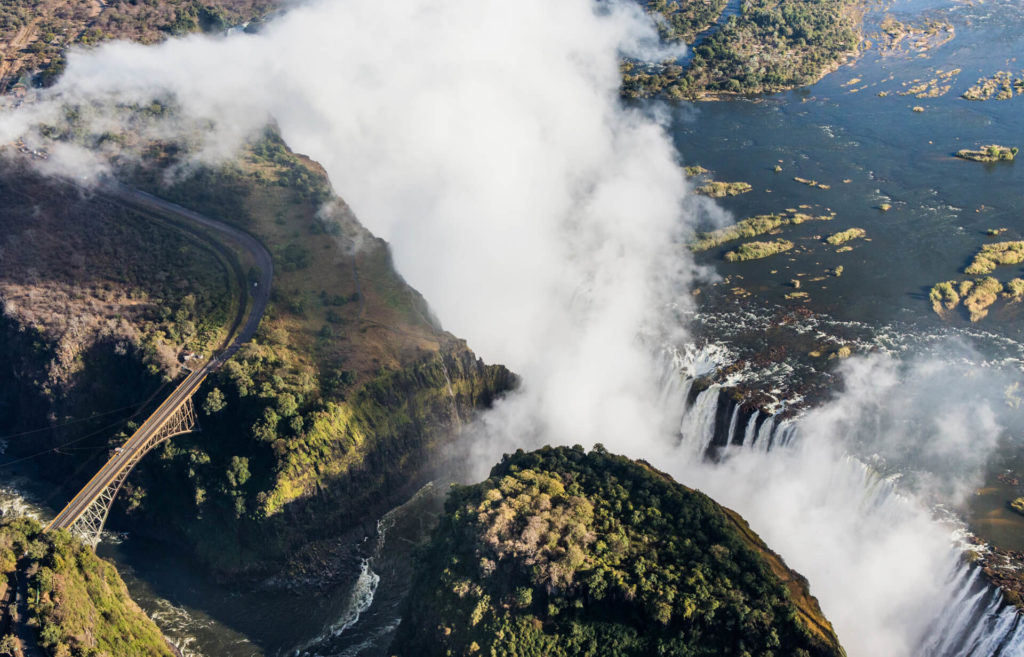
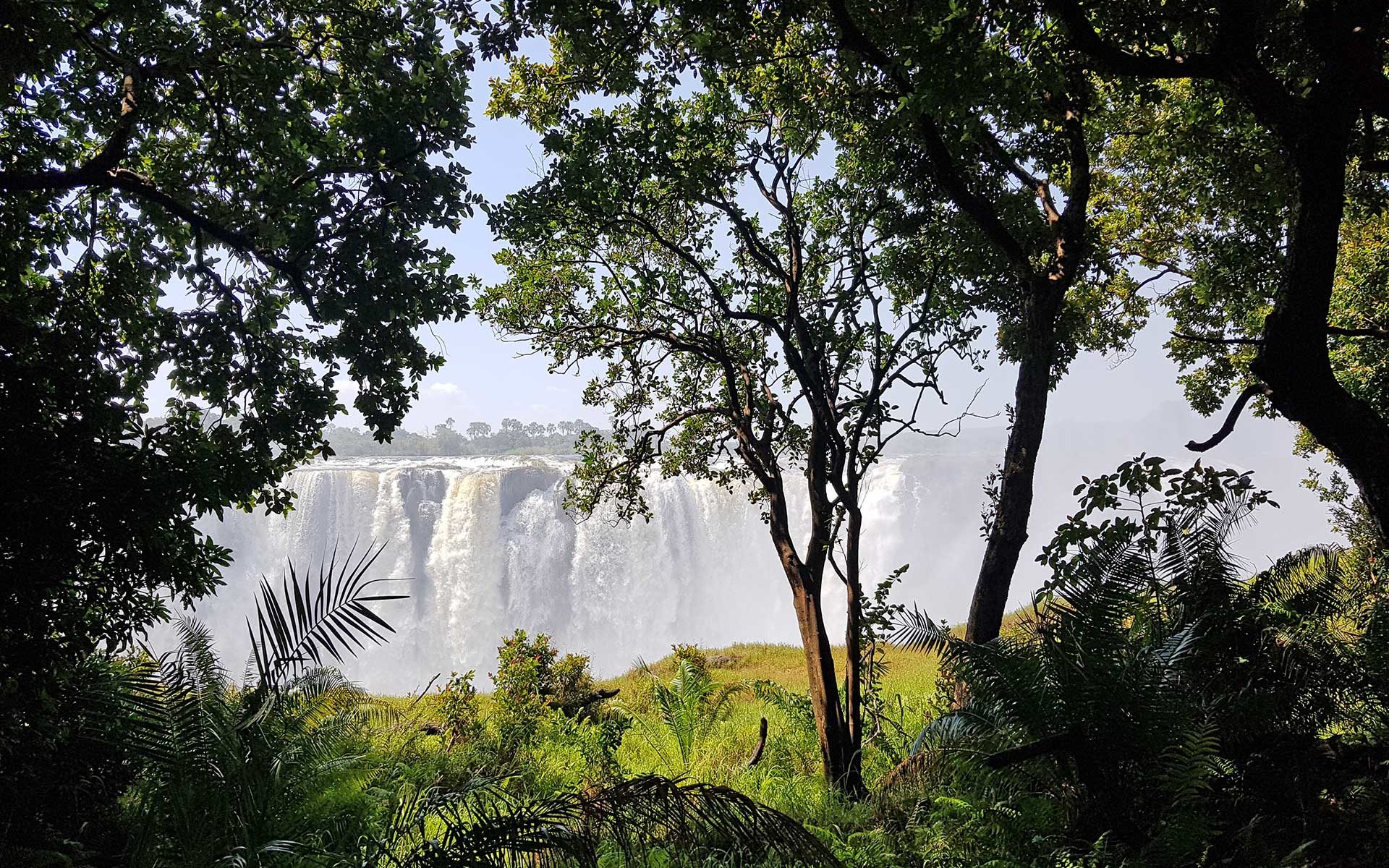
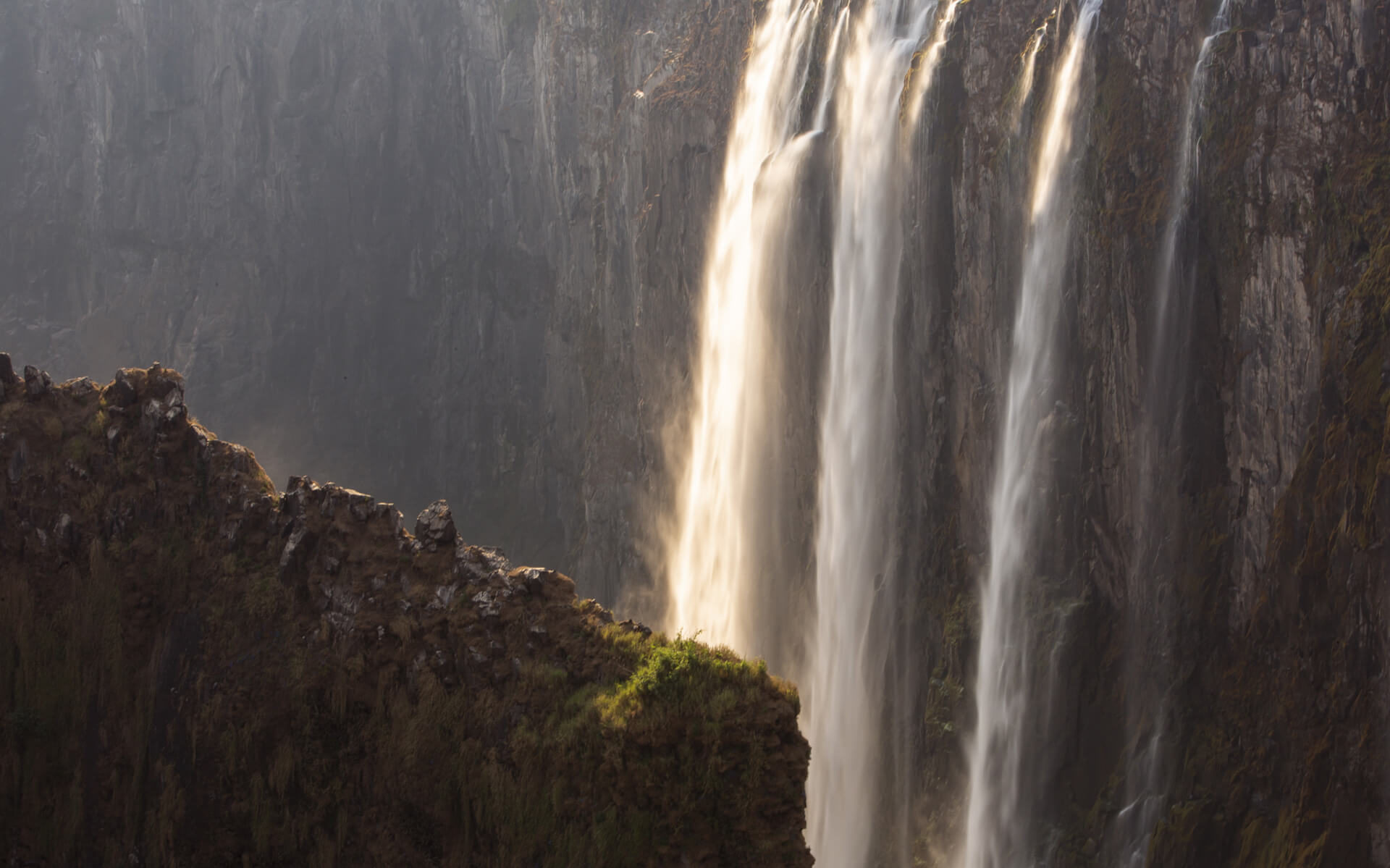
The sheer spectacle of a mile-wide curtain of water, falling over 100 meters into a narrow chasm in the black basalt rock, from which massive clouds of spray billow skyward is a jaw-dropping heart-stopping experience that tends to imprint in one’s memory. The spray from the waterfall rises hundreds of meters into the air – up to 800m in peak flow – creating a cloud that is sometimes visible from 50km away. In the right lighting, the spray creates another visual phenomenon to wow visitors and gives rise to another local nickname… “the place of the rainbow”.
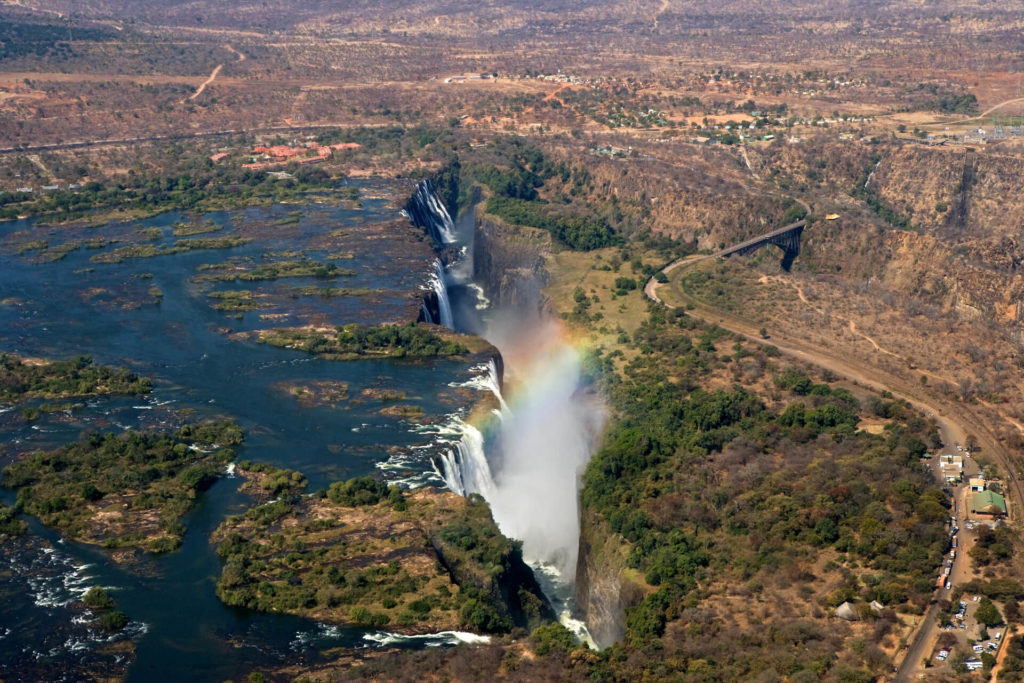
Equally as impressive as the visual spectacle presented by Victoria Falls, is the deep thundering sound of thousands of tons of water crashing into the basalt rock bed at the base of the falls. Standing at the viewing sites on the edge of the chasm one can literally “feel” the sound as it vibrates up through your feet. It is this powerful eroding action that has resulted in the falls moving upstream over the millennia, as the Zambezi carves its way through fault lines in the hard basalt. This process has created a zig-zag series of narrow gorges below the present-day falls, collectively known as the Batoka Gorge, through which the Zambezi River flows on the next stage of its journey east towards the Indian Ocean.
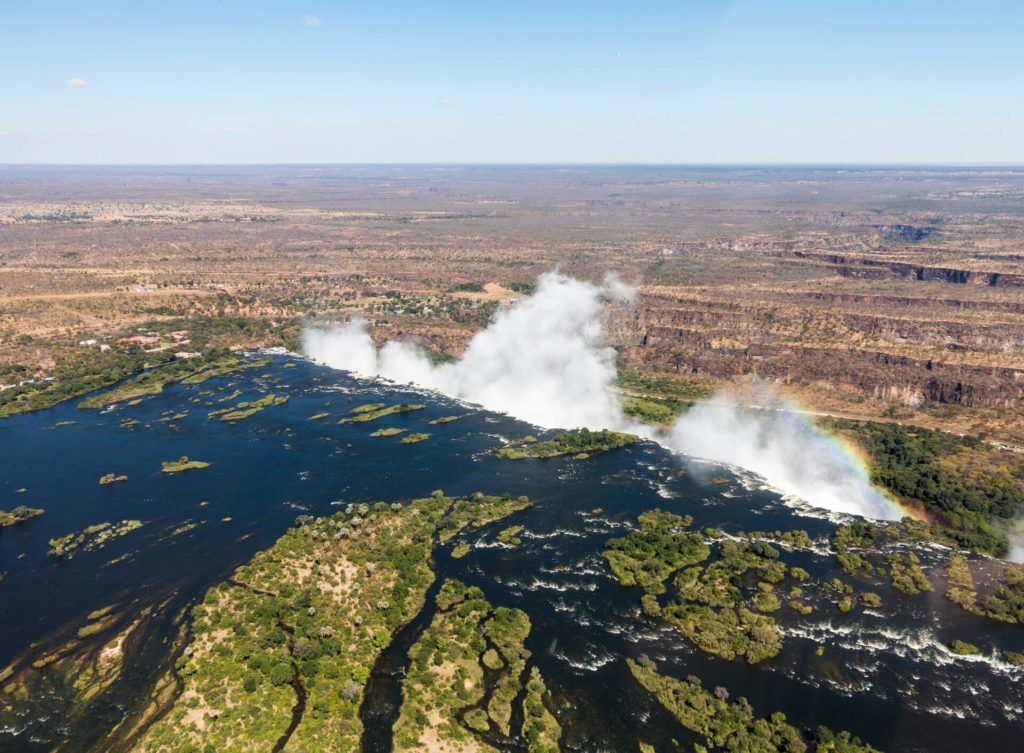
The Batoka Gorge is famous for being the home of a multitude of adventurous activities including bungy jumping, gorge swings and some of the world’s best whitewater rafting. When Livingstone first laid eyes on Mosi-oa-Tunya he proclaimed “scenes so lovely must have been gazed upon by angels in their flight”. Today it is possible to emulate the flight of the angels and view the majestic Victoria Falls from the comfort of a helicopter or for the more adventurous, a microlight.
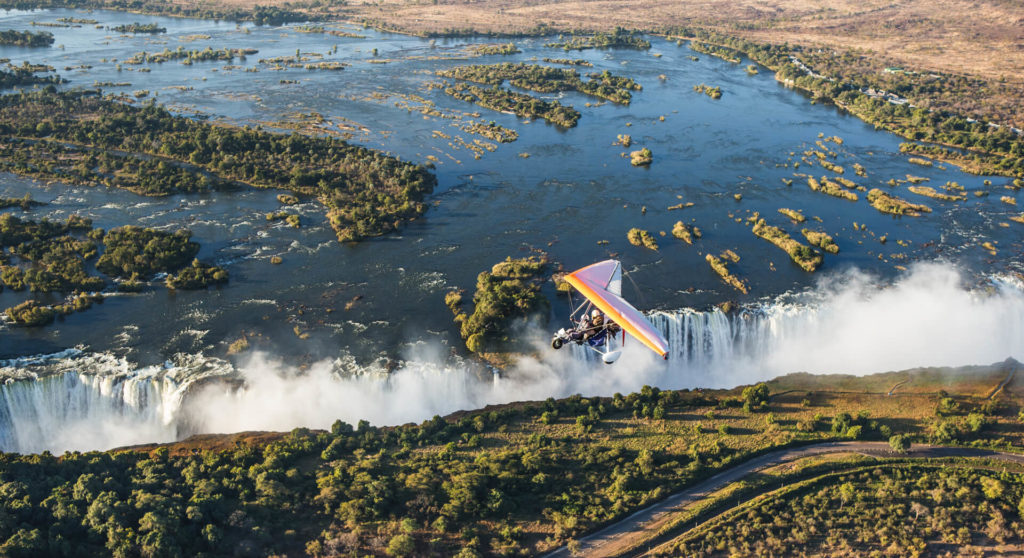
The spray from the falls which is blasted upwards falls like rain 365 days a year, although it is significantly heavier in higher flow months. This has caused a lush “rainforest-like” habitat to develop on the edge of the gorge which is home to several ferns and other plant species not typically found elsewhere in the region. The Victoria Falls rainforest attracts numerous animal and bird species including the striking Schalow’s Turaco.
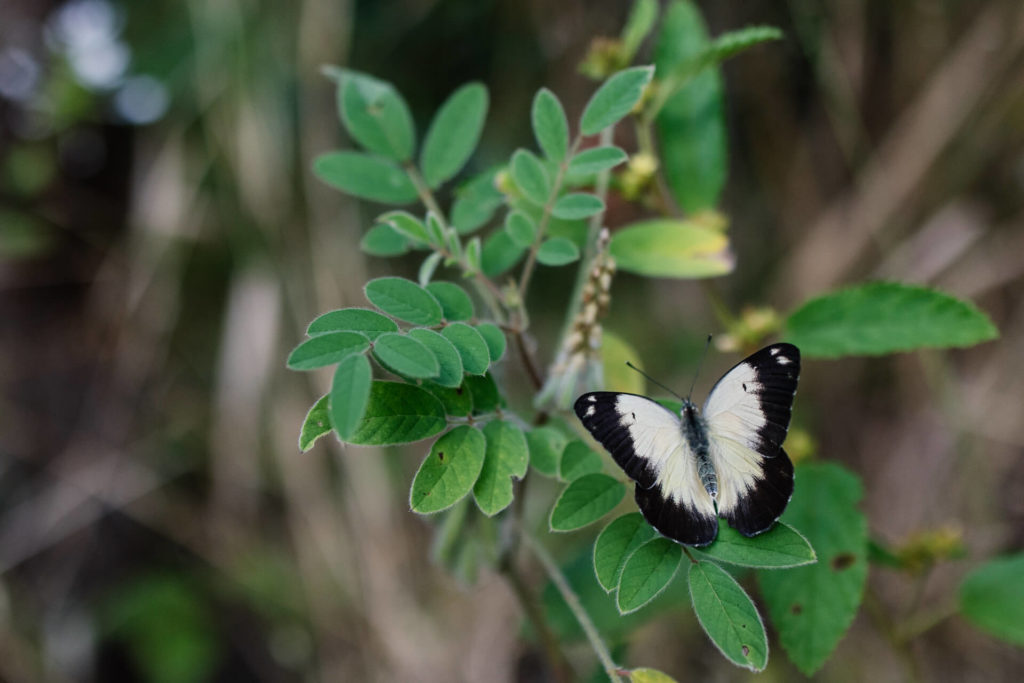
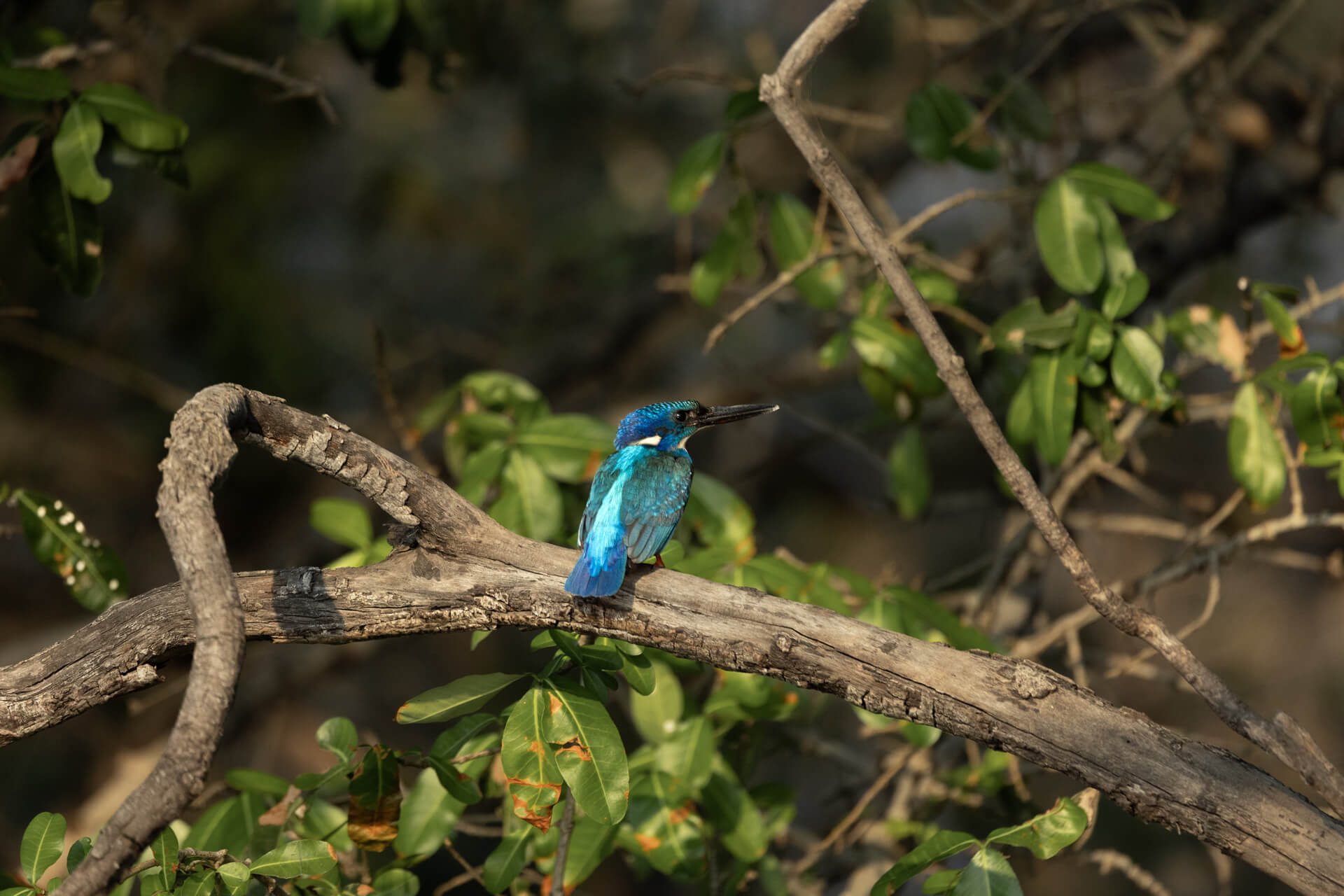
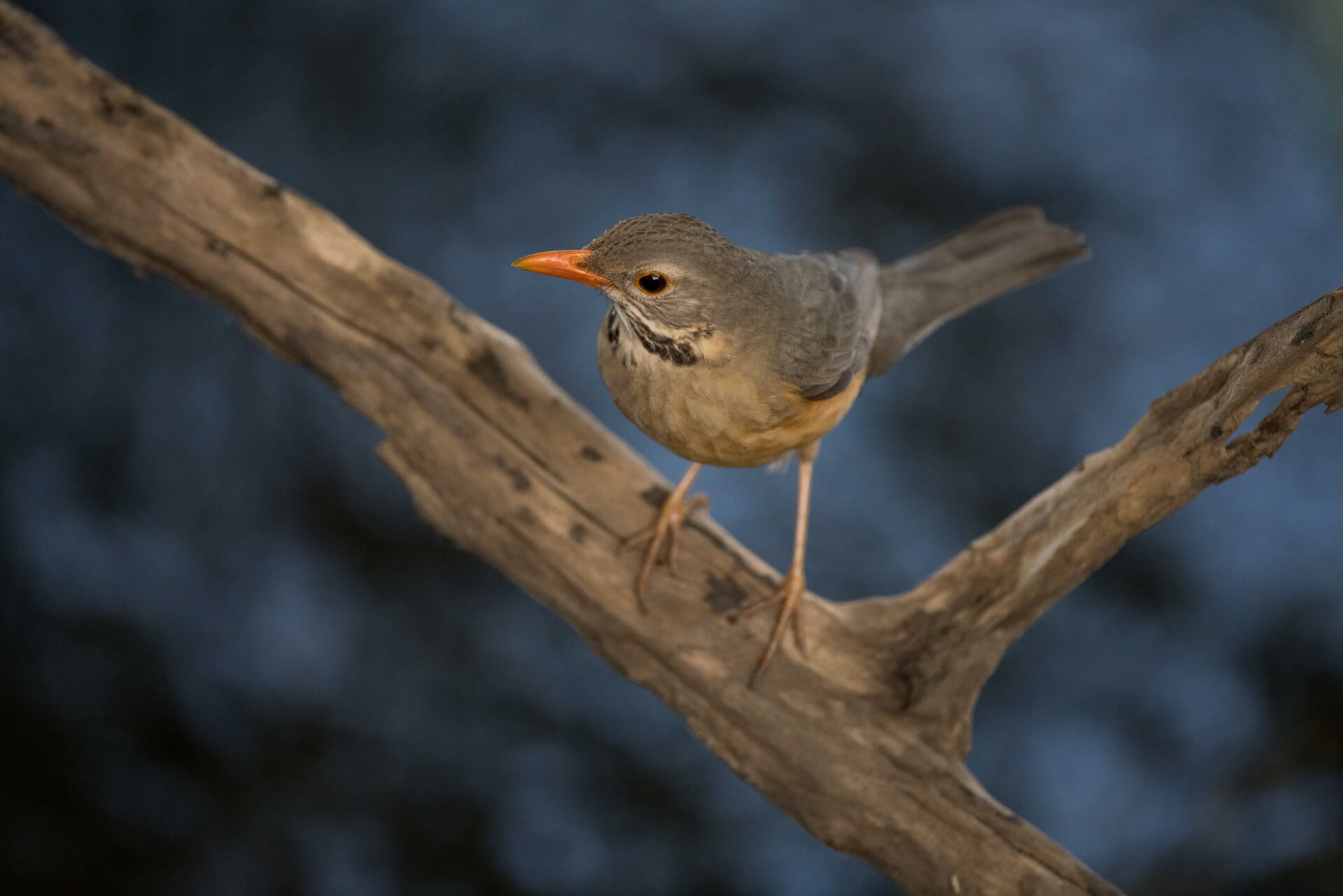
Above Victoria Falls, the Zambezi Rivers flows in a shallow valley over a flat plateau of basalt rock formed 150-200 million years ago. Here the river is wide and characterised by numerous braided channels and tree covered islands. Tsowa Safari Island is one such island – situated approximately 40 km upstream from the falls where Isibindi Africa Lodges has created a luxury “modern-day explorer” style lodge which not only offers the ultimate secluded getaway but it also the perfect base to explore all that the area has to offer including a day trip to see the mighty Victoria Falls themselves.
